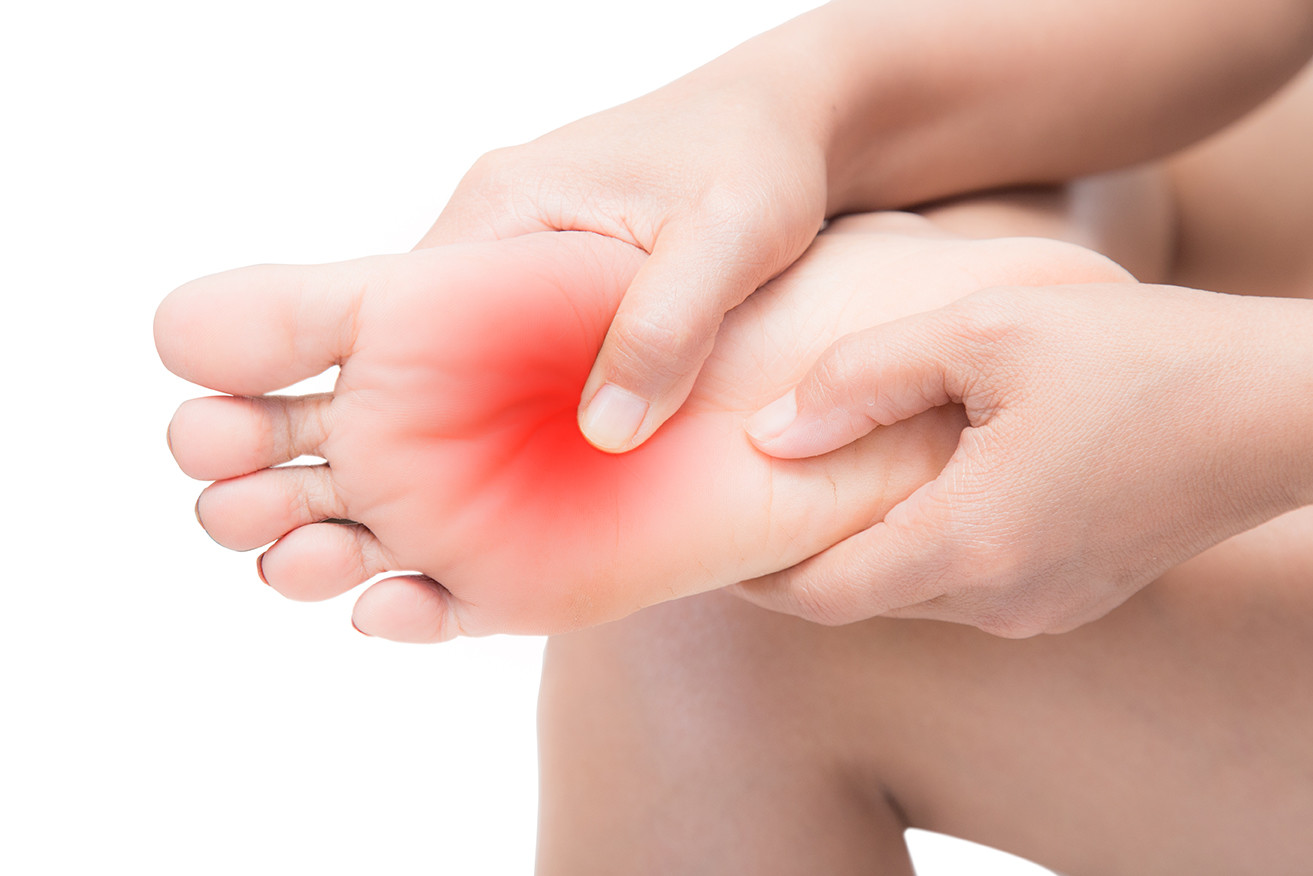Diabetic Neuropathy
Diabetic neuropathy is a type of nerve damage that can occur if you have diabetes. High blood sugar can injure nerve fibers throughout your body, but diabetic neuropathy most often damages nerves in your legs and feet. There are four types of Diabetic Neuropathy- peripheral, autonomic, proximal, and focal.
Peripheral Neuropathy Symptoms:
- Tingling
- Numbness (which may become permanent)
- Burning (especially in the evening)
- Pain
Early symptoms usually get better when your blood sugar is under control. There are medications to help manage the discomfort.
Autonomic Neuropathy symptoms:
This type usually affects the digestive system, especially the stomach. It can also affect the blood vessels, urinary system, and sex organs.
- Bloating
- Diarrhea
- Constipation
- Heartburn
- Nausea
- Vomiting
- Feeling full after small meals
- Proximal Neuropathy
This type causes pain (usually on one side) in the thighs, hips, or buttocks. It can also lead to weakness in the legs. Most people with this condition need treatment, such as medication and physical therapy, for their weakness or pain.
Focal Neuropathy
This type can appear suddenly and affect specific nerves, most often in the head, torso, or leg. It causes muscle weakness or pain.
Symptoms include:
- Double vision
- Eye pain
- Paralysis on one side of the face (Bell’s palsy)
- Severe pain in a certain area, such as the lower back or leg(s)
- Chest or belly pain that is sometimes mistaken for another condition, such as heart attack or appendicitis
People with diabetes can also get other nerve-related conditions, such as nerve compressions (entrapment syndromes). Carpal tunnel syndrome is a very common type of entrapment syndrome. It causes numbness and tingling of in the hand and sometimes muscle weakness or pain. If you think you may have any type of nerve problem, talk with your doctor, so she can check for the cause.
Checking your feet and legs daily, using lotion on your feet if they’re dry, taking care of your toenails and Asking your doctor if you should go to a podiatrist, wearing shoes that fit well. Wear them all the time, so your feet don’t get injured are some of the very important preventive measures.











